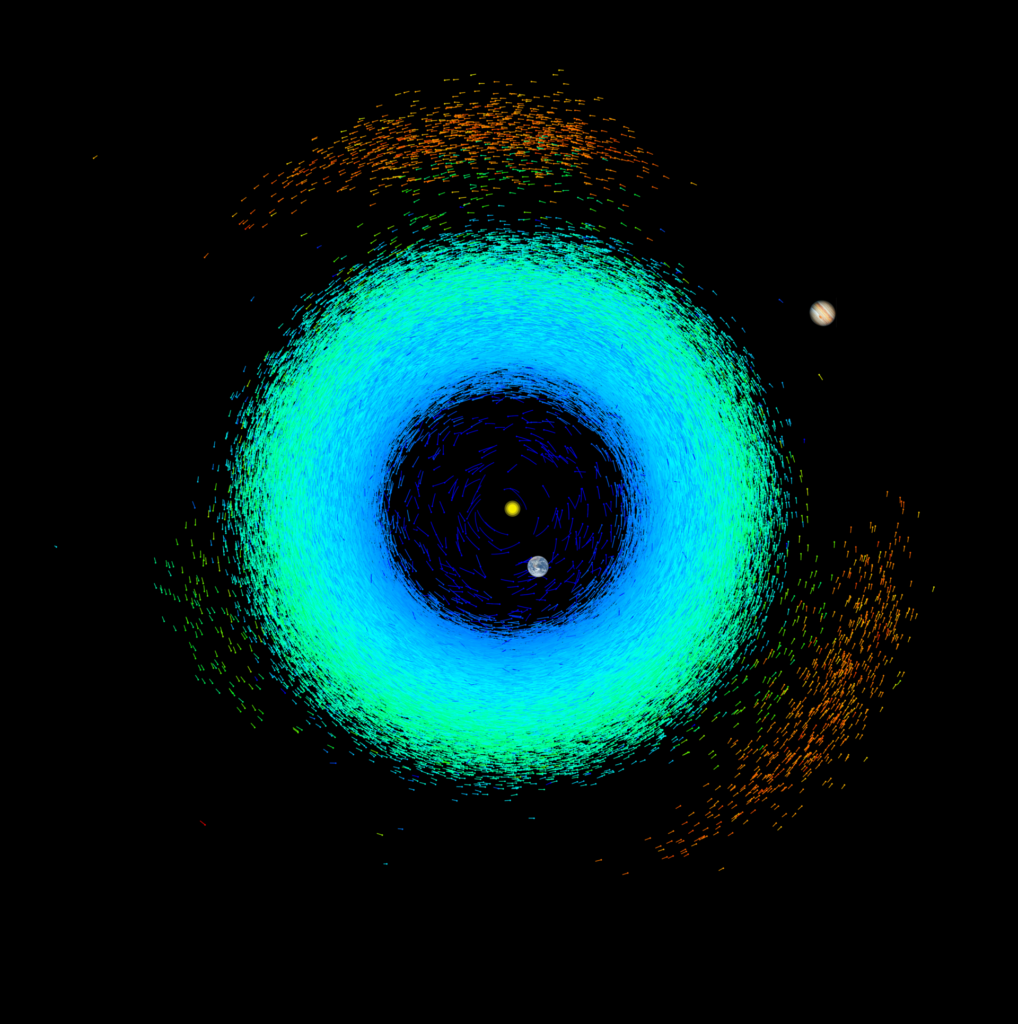
Yesterday, June 30, was Asteroid Day, an annual reminder that one day an asteroid will hit the Earth and end life as we know it. That’s not a happy image to put in your head, but humanity is trying to prevent that or at least give us some more warning. In fact, a couple of weeks ago, we talked about an exercise where scientists “discovered” the Apophis asteroid and tracked it from scratch.
And now a new report released on Asteroid Day by the European Space Agency has announced they tracked and gathered enough data on an asteroid to determine that it won’t hit Earth, at least not until after 2052.
The asteroid in question is 2021 QM1, one of many asteroids discovered every night. 2021 QM1 is a 50-meter asteroid in a concerning, near-Earth orbit. With only a few days’ worth of images, the orbital predictions said that the asteroid might – might – hit the Earth in 2052. So scientists got emergency time on one of the biggest telescopes in the world, the Very Large Telescope (VLT) in Chile. But they had to wait a little bit because the asteroid was rendered invisible by the Sun’s glare and wouldn’t be visible until later.
Once it was away from the Sun, the astronomers at the European Southern Observatory where the VLT is located had more problems. Tiny 2021 QM1 would be difficult to see between all of the background stars because of the particularly dense patch of the Milky Way it was in front of.
However, on May 24, 2022, they found the asteroid again, at an incredibly dim magnitude 27. According to ESA, that is “ 250 million times fainter than the faintest stars visible to the [unaided] eye from a dark spot.”
With this further orbital arc, the asteroid’s impact in 2052 was ruled out, though there are still 1,377 potentially hazardous asteroids on ESA’s list. Friendly reminder – none of those are predicted to hit the Earth.
More Information
ESA press release




 Join the Crew!
Join the Crew!
 Escape Velocity Space News
Escape Velocity Space News
0 Comments